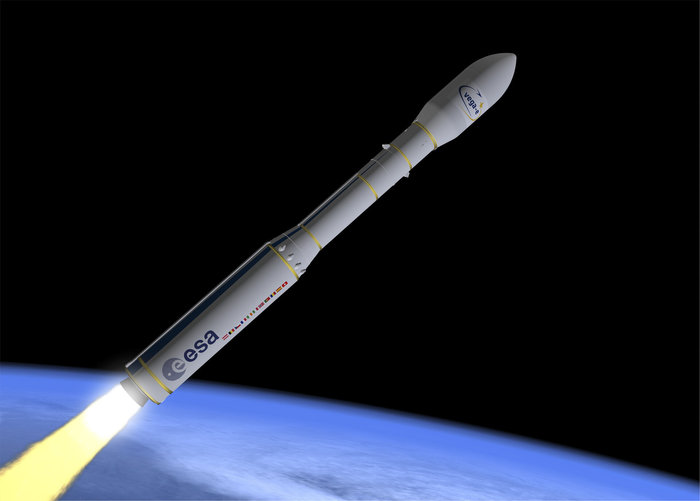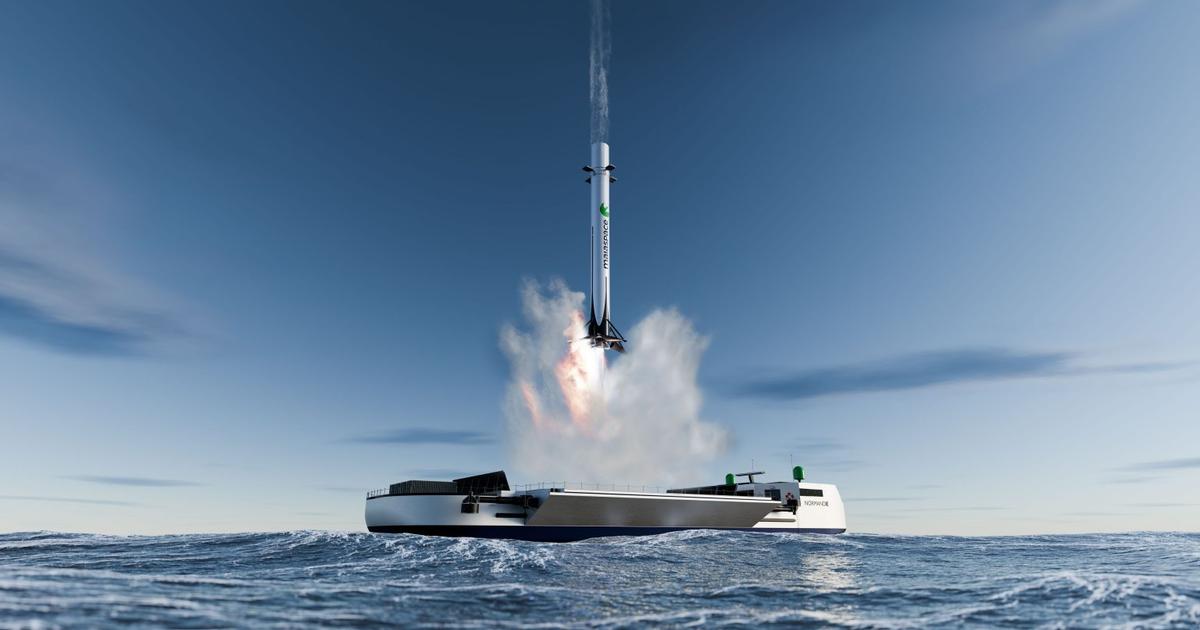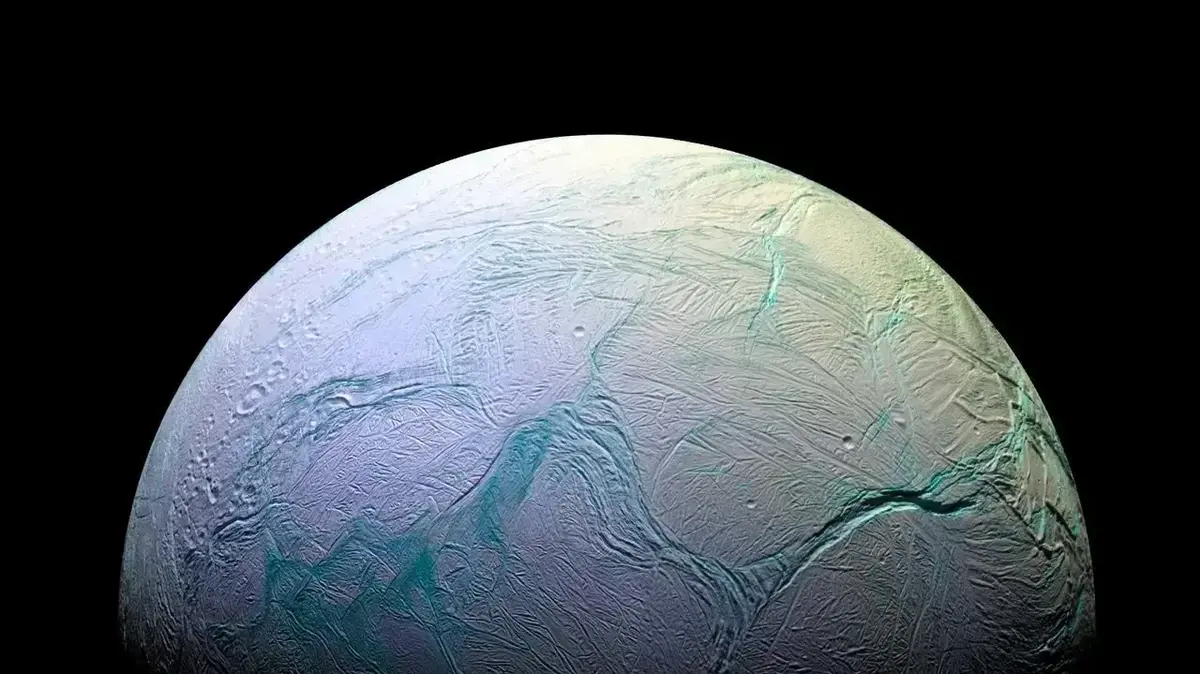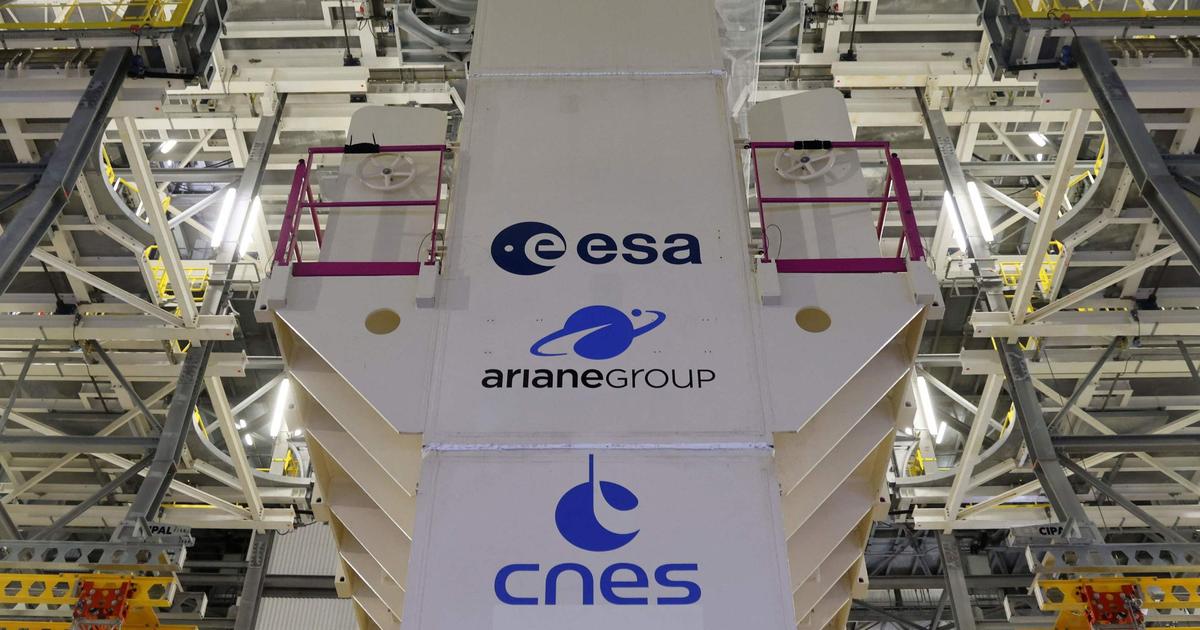An agreement has been signed between Avio and the European Space Agency for Vega E, the evolution of the Vega rocket which will be more powerful and cheaper than its predecessors.
The contract, worth 118.8 million euros, was signed at the headquarters of the ESA center in Italy, Esrin, by the director of ESA's space transport, Daniel Neuenschwander, and the CEO of Avio, Giulio Ranzo.
Built in the Avio factories in Colleferro (Rome), Vega is part of the ESA launcher family and made its debut in February 2012, then achieving a long series of successes. But the developers have never stopped transforming it to improve its performance: after the first evolution, Vega C with a new P120 solid fuel first stage more powerful than the previous one, now comes a second important novelty with Vega E.
It is a second evolution that leads to the replacement of the last two stages with a new single powerful liquid fuel engine called the M10.
"The upper stage of the Vega-E will replace the third stage Zefiro 9 solid propellant motor and the fourth AVUM upper stage of the current Vega configuration. This will have a beneficial effect on performance and cost," explained Renato Lafranconi, program manager Vega of ESA.
The 118.8 million euros of the new agreement "are very important funds - said Ranzo - which allow us, a few months after the qualification launch of the new Vega C carrier expected in 2022, to look forward and work on the revolutionary Vega E launcher that will fly in the next few years and will be even more competitive and attentive to environmental needs ".
The new M10 engine is the result of very important innovations: "it is made with additive manufacturing techniques, therefore very low costs and weight, it can be re-ignited, so it can put several satellites in different orbits and in general offers great flexibility, and uses methane and oxygen. for propulsion, very efficient propellants that offer great advantages ", Stefano Bianchi, head of flight programs for ESA Space Transport, told ANSA.
It is still early to define a launch date for Vega E but we are working to reach the end of the path by 2025 and by the end of the year engine tests will be carried out in the new Space Propulsion Test Facility in Perdasdefogu, Sardinia.








/cloudfront-eu-central-1.images.arcpublishing.com/prisa/RIQQXVYJMFETZBCNMM4JS7QSE4.jpg)






